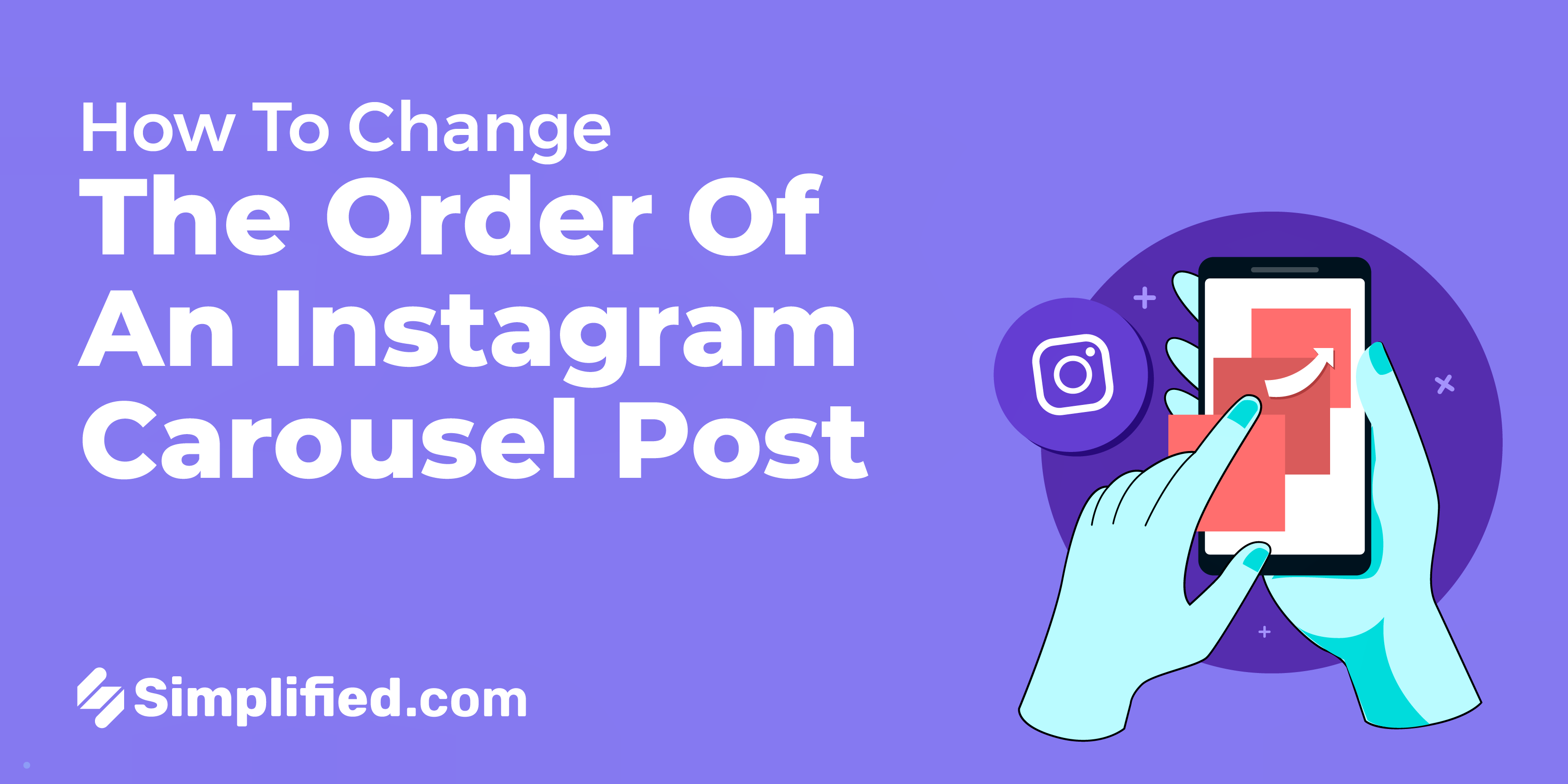What do you mean by Conversion tracking?
Conversion tracking involves monitoring the actions taken by consumers towards achieving a business objective. These actions can include activities like signing up for a newsletter, downloading content offers, or adding items to a cart. By tracking conversions, businesses can assess the effectiveness of their advertising campaigns, design changes, and other marketing components as consumers progress towards conversion.
To track conversions, specific goals must be defined using conversion tracking tools like Google Analytics. These goals are typically associated with particular pages, events, or products and services. Examples of conversion goals include directing people to physical store locations, increasing site visitors, contacting a business through calls or messages, adding items to a cart, making purchases, signing up for newsletters, and downloading content offers.
Key performance indicators (KPIs) related to conversions provide insights into the effectiveness of conversion efforts. Examples of conversion-related KPIs include the number of conversions, conversion rate, cost per conversion/acquisition, bounce rate, pages per visit, hits on destination pages, events (e.g., video plays, content downloads), and session duration. These KPIs help evaluate the success of conversion goals and indicate the effectiveness of marketing strategies.
Calculating the conversion rate involves dividing the total number of conversions by the desired metric (e.g., clicks, ad impressions, sessions on the site). KPIs provide information on progress towards achieving goals. For example, if the goal is to increase the number of purchases on an e-commerce site, a target KPI would be the number of customers reaching the "Thank you" page after completing a purchase.
Setting up conversion tracking requires the integration of analytics and advertising tools to collect, segment, and visualize conversion-related data. The specific tools used for conversion analysis depend on the platforms and channels where content is marketed. Google Analytics and AdWords provide conversion tracking tools for advertising on Google platforms.
To set up conversion tracking, businesses should:
- Choose business goals based on their market, target audience, mission, and growth objectives.
- Define a marketing/sales funnel that connects conversion goals to specific marketing channels and content, tracking progress towards goal completion.
- Enable conversion tracking using the selected analytics tool, such as inserting a tracking code snippet on relevant pages for Google Analytics.
- Collect and analyze conversion data, optimizing marketing campaigns based on insights gained from the data.
.webp)













